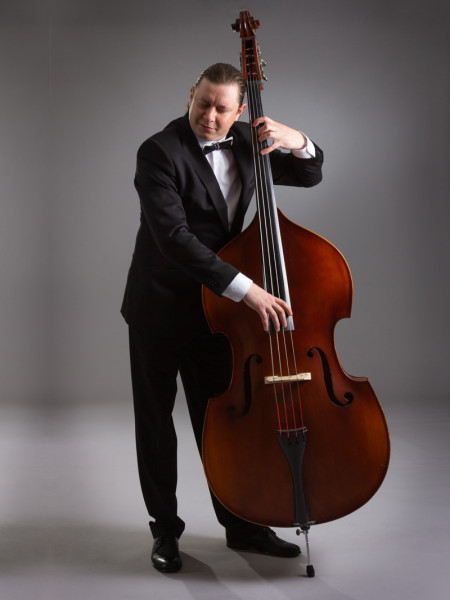- Home
- Music Tuition
- Instruments
- Strings
- Double Bass
Welcome to the Double Bass
The double bass is the largest (and lowest-pitched) member of the string family.
Providing the foundation of the string section, they are worth their weight in gold!
Here is a double bass version of the famous 'Czardas' by Monti.
Who can play the double bass?
The double bass is a big instrument and requires strength in both the hands and fingers to play it properly so is recommended for children in Year 4 and above. They also come in different sizes suitable for younger/smaller players.
If it is not suitable for everyone, what alternative instrument would you recommend and why?
The violin and viola are string instruments that are suitable for the very young/small. As with all string instruments, the double bass requires both hands to be co-ordinated. If this is a problem you might prefer to play a brass instrument.
What qualities of the double bass are special?
The double bass has a low, rich sound. As the strings are played, the vibrations resonate through the body which is good for hearing impaired pupils.
Learning to play any instrument develops lots of new skills. What are the particular benefits of playing the double bass?
Everyone needs a bass line! From jazz to classical, all styles of orchestra and ensembles benefit from the double bass sound. Skills can also be transferred to electric bass guitars, but not vice versa..
How are double basses similar/different to other string instruments?
The double bass comes in different sizes for younger/smaller players. It is similar to the cello; both have extending spikes that they rest on at the bottom of the instrument, also they are played in the bass clef and in a seated position. Double basses are however much larger than cellos, have a deeper sound and the spike at the bottom of the instrument is only short when compared with the cello.
Are there any famous musicians or pieces associated with the double bass?
The Elephant’ by Saint-Saëns is a famous double bass piece.


